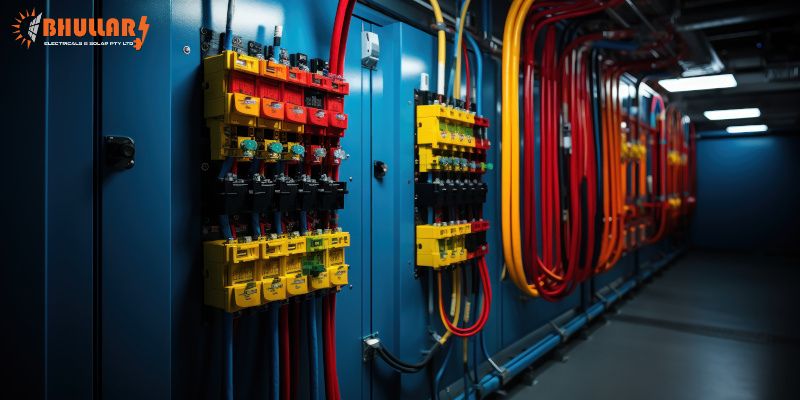About Older-Style Switchboards
April 12, 2024
It’s thrilling to move into a new home. But before moving you need to ensure that the main systems work in your new residence. The switchboards and electrical wiring are two of these processes that are most crucial.
Many old houses and mansions have outdated wiring systems that make it difficult to upgrade the switchboards. This is especially true when it comes to the ability of the switchboards to deliver adequate power to run all the newest appliances. It can lead to several malfunctions.
Due to the age of some of these ancient switchboards, they possess certain potential risks that can cause severe hazards.
The Early Switchboards
Old switchboards were also known as “open panel” switchboards. Traditionally, they were “built on the job,” meaning that the equipment was located at the front and the wiring and busbars were located at the back.
That era used porcelain “rewireable” fuses and “knife” switches for switching. In the 1940s and 1950s, fuses were replaced with cartridge fuse components.
During the rest of the installation, the wires that connected the devices mostly were either soldered-on lugs or clamped cables. Thus, the wiring standards were all that electricians required to create the standard switchboard of the day.
Modern Switchboards Vs Old Switchboards
In the past, a basic switchboard was more than adequate to manage the electrical transfers in a house. Years before, electronics and electrical systems were significantly less complicated than they are now.
- If you have an older switchboard in your home, upgrade it immediately because the risk of fire is far higher with older versions than with newer ones.
- Rewireable fuses—a ceramic component that can catch fire—are another source of worry for safety in older switchboards. On the other hand, current models are much safer because they have circuit breakers.
- Safety switches in more recent models conveniently cut off the main supply the moment something goes wrong, such as power leaking from an exposed wire.
- As outdated switchboards lack this feature, they provide a security risk and could spark a fire. Their switchboard has to be completely replaced if their meter box is very small.
Why Are Old Switchboards Not Safe?
- In Australia, ceramic fuses were found in outdated switchboards as a safety feature in residences during the late 1800s. These fuses are no longer relevant in today’s technology environment because of increased power consumption requirements.
- The only defense available at the time was the use of fuses. Since they only tripped the power when an overload or short circuit occurred, they have to be replaced. However, these fuses are not designed to withstand the present demands on electricity, and they trip at even the slightest electrical usage.
- Switchboards that are old or aged have a high risk of short circuits. Older wiring systems have a very high risk of electrical shocks, so if you don’t want your family to live in a dangerous environment, don’t wait! Go and upgrade your outdated switchboard.
- An outdated noncompliant switchboard has a significant probability of its fuse base overheating and “frying up” the cables and wiring, which could start a house fire! So it’s time for an upgrade.
- Keep in mind that upgrading the switchboard will not only ensure the safety of your family but will also save you a ton of money. It utilizes energy efficiency, which results in a large reduction in your electricity bills.
Wrapping Up
Don’t ever try to upgrade your switchboards by yourself. Due to the unpredictable nature of electricity, only a qualified expert with extensive experience must handle anything electrical in your house.
